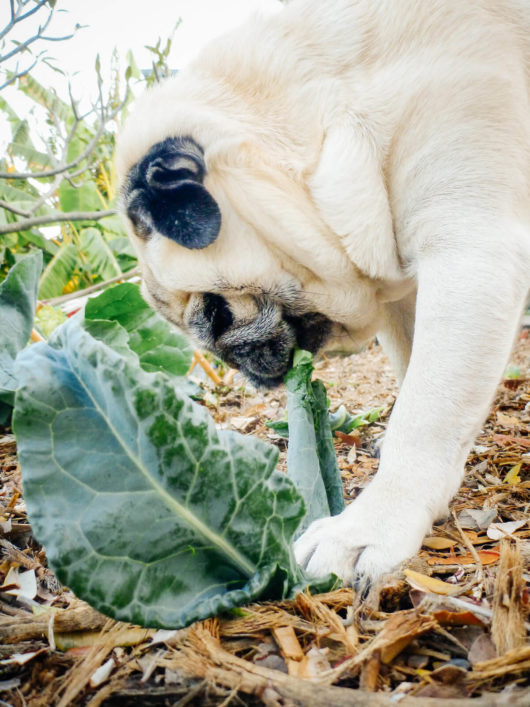
… As my veggie-loving pug will tell you!
Most people don't realize that broccoli leaves are just as edible as the broccoli head itself. And I can't blame them, since store-bought broccoli comes in a neat little package with only a few tiny and uninspiring leaves stuck to the head.
Unless you grow them yourself, you never see the massive greens that broccoli heads spring from. On my Romanesco broccoli plant (Brassica oleracea 'Romanesco'), which grows larger than your everyday broccoli, the mature leaves span up to 2 feet long with hefty ribs and stems.
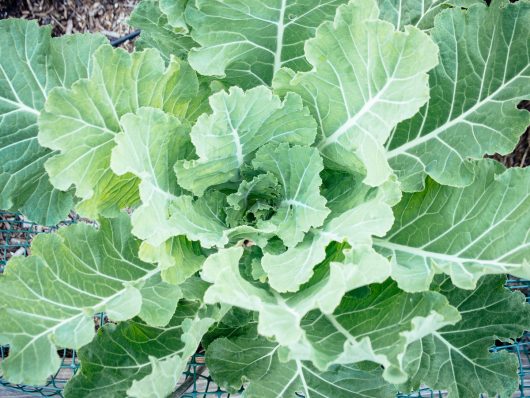
Even though the plant is typically grown for its flower bud (what you commonly know as a head of broccoli, or a floret or crown), the flower is a relatively small part of the crop, and it seems like you wait alllll spring (or fall) for the prize.
(A prize that sometimes never arrives, as anyone who has waited fruitlessly for a bud can attest to!)
A broccoli plant only produces one significant head per life cycle, with occasional secondary sprouts that form in the axils of the leaves. (These side shoots always turn out smaller than the center head — think bite-sized). Knowing that, it seems wasteful to use such a modest portion of the plant when the rest of it is so good.
How good?
Broccoli is considered one of the most nutritious vegetables on the market, providing 100 percent of the daily value of vitamin C in a single cup of chopped broccoli. It contains a full nutritional lineup of B vitamins, potassium, iron, calcium, minerals, and fiber. When compared to the stems, the florets have a higher concentration of protective phytochemicals like beta carotene and sulforaphane (the latter of which has been shown to protect against certain cancers).
But broccoli leaves are their own superfood, with even higher amounts of beta carotene than the florets, as well as vitamin A (that's important for vision and skin health) and phytonutrients that aren't found in the florets or stems.
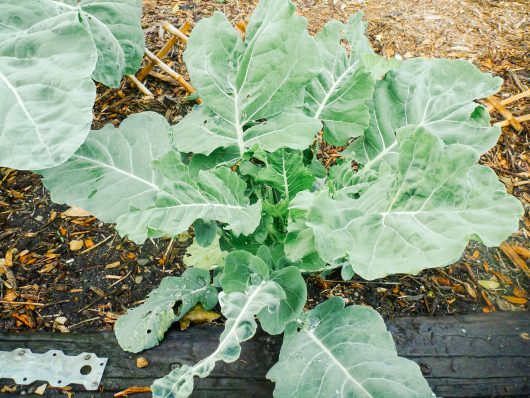
Texture- and appearance-wise, broccoli greens are similar to collards, as both plants belong to the mustard (Brassicaceae) family. The leaves may look intimidating, but they're easy to harvest and cook down deliciously. They can be steamed, sauteed, stir-fried, or even grilled.
The greens can be used in place of collards, kale, cabbage, or chard in many recipes, though they have their own distinct flavor — earthy, mildly bitter, and tasting faintly of broccoli. They sweeten up as they cook, and unlike other greens, they won't wilt into nothing as soon as they meet the heat.
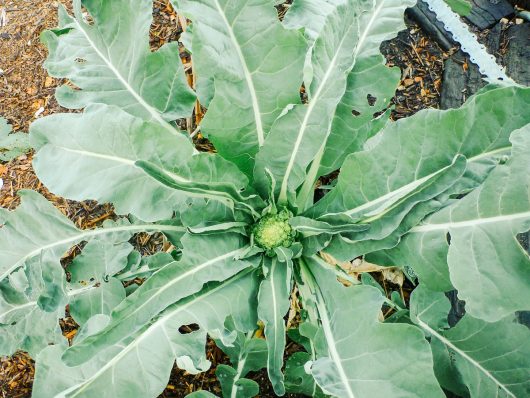
If you grow your own broccoli, you can start to harvest a few of the outer (older) leaves every week once they reach 4 to 6 inches long. After the plant buds, you can harvest the head but continue to pick the leaves until you can no longer keep up… seriously! Broccoli is an incredible cut-and-come-again crop, and new leaves remain tender even when the rest of the plant is getting tall and unwieldy.
When I lived in Southern California, I could keep my broccoli growing year-round in the mild coastal climate. These second-year plants were still thriving despite having all the crowns harvested (what seemed like) ages ago, and on some of the plants, I'd stripped them clean of leaves to cook with! Let's just say… we got our fill and didn't grow any broccoli the following year.
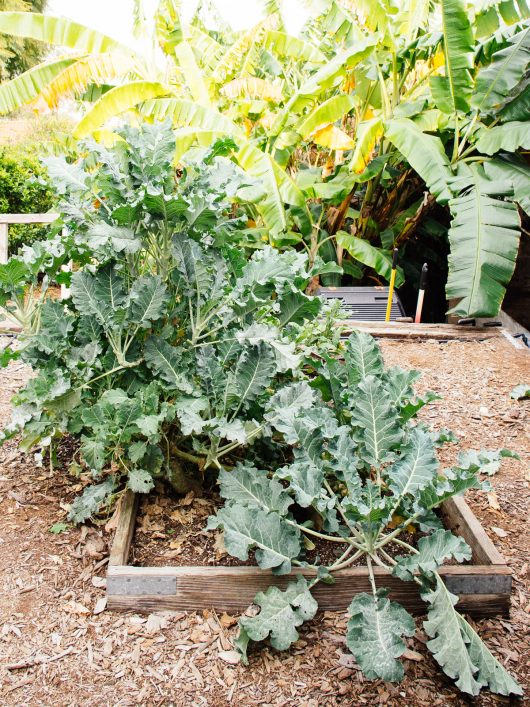
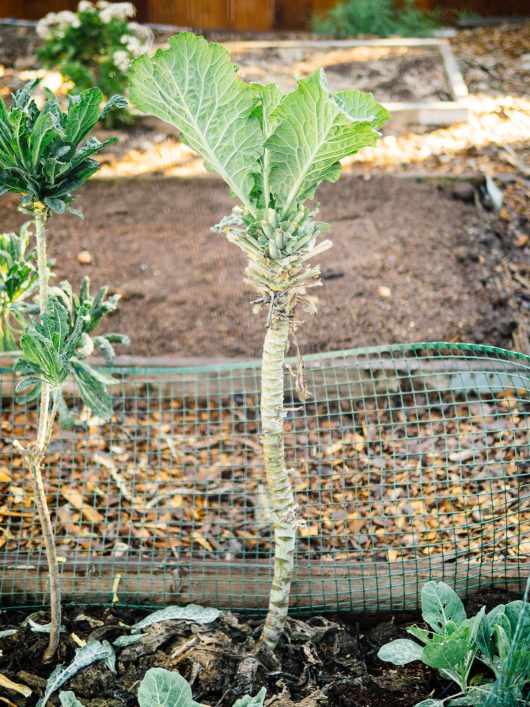
If you pick the younger leaves off the plant, they're tender enough to toss raw into a salad or blend into a green smoothie. Medium leaves are the perfect size and thickness to stuff with veggies and meat, à la cabbage rolls. (I even have a recipe for broccoli green and baked falafel wraps in my book, The CSA Cookbook, which takes a top-to-tail, no-waste approach to cooking.) Large leaves work best in braises, soups, and stews, where they'll stand up to a long simmer and soak up loads of rich flavor.
I typically don't eat the stems on larger leaves, since I find them too fibrous. But if you harvest the central stalk before it grows too woody, you can peel the tough outer skin to reveal a crunchy sweetness underneath.
Still think it's weird or unsafe to eat broccoli leaves? It's not — broccoli raab, or rapini, is a fairly common vegetable that's grown for its asparagus-like shoots and leaves. Another variety, Spigariello, is a non-heading Italian broccoli grown for its leaves. You may have already eaten it and not known it!
It's a shame we don't see broccoli leaves sold in the grocery store — and why don't we? Perhaps we're so accustomed to the usual cast of characters in the leafy greens aisle that we only value broccoli for the crown, in the same way we favor carrot roots over carrot tops (which, by the way, are another misunderstood and highly underused green).
Considering the amount of water and resources it takes to grow this nutrient-dense (and space-hogging) plant, it feels like such a waste for commercial farmers to harvest the heads but discard the perfectly good leaves — which gives all the more reason to grow your own. (Or make friends with someone who does!)
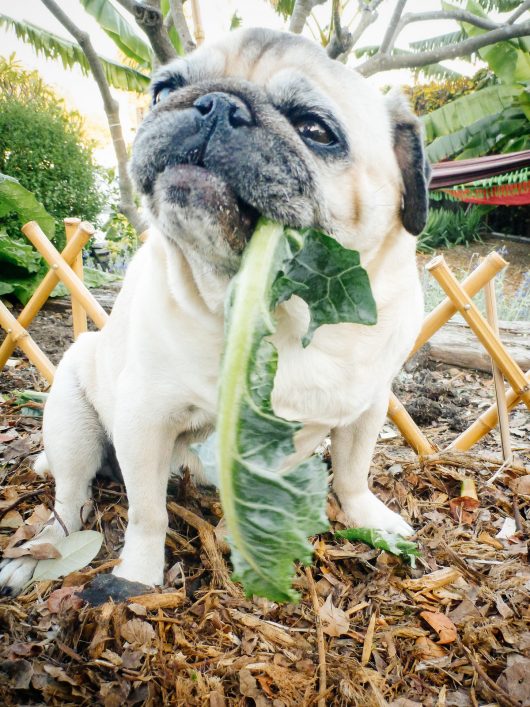
(In loving memory of my omnivorous pug, Bebe, who passed away in June 2017 after a long and adventurous life.)
This post updated from an article that originally appeared on April 29, 2012.
The post Broccoli Leaves Are Edible appeared first on Garden Betty.
Spring is here! And to help you figure out what to do with all those weird vegetables and parts you thought you couldn't eat, The CSA Cookbook makes an excellent addition to your cooking or gardening library.
from Garden Betty https://ift.tt/2sTtP9M
No comments:
Post a Comment